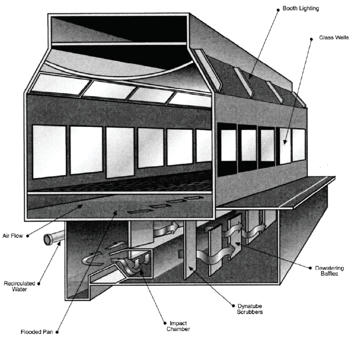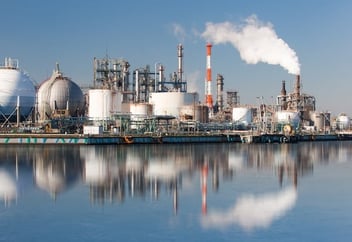Industrial Wastewater Jar Testing in 9 Steps
Coagulant Jar testing on your wastewater is a useful method in determining the correct product to fit your company needs. By jar testing on a sample of wastewater generated from your production line, significant benefits emerge such as product compatibility and validation, correct chemical dose and injection rate, and projected use-cost. Below we lay out how to jar test coagulants and flocculants in 9 simple steps.
INDUSTRIAL WASTEWATER JAR TestING Procedure
Preparing the Samples
-
- Collect 3-4 gallon sample of untreated wastewater from the equalization/holding tank in a clean 5 gallon bucket.
- Measure 500 milliliters of untreated influent wastewater into four 600-mL beakers (label A, B, C, D). Stir with magnetic stirrer at medium speed or use gang stirrer at medium speed.
Coagulation
-
- Using a clean 1-mL syringe, add 0.1-mL of the 100% solution of each coagulant being tested. Mix for two minutes at medium speed.
- Add 0.10-mL of aluminum sulfate or existing inorganic metal salt coagulant. Mix for one minute at medium speed, after stopping the mixer, look for small particles in the wastewater referred to as “microfloc particles.” These particles are a sign of a broken emulsion.
- If the samples do not exhibit microfloc particles, repeat steps 1-4 until microfloc particles are produced. Keeping in mind that no more than 0.5 mL of metal salt coagulant should be used, exceeding 1,000 ppm of the metal salt coagulant will generate excessive sludge volumes. However, it is permissible to exceed 0.5 mL of coagulant being tested.
- Record the volumes in mLs of each product used to produced good quality microfloc particles.
Flocculation
-
- Set the mixer to a low speed, using a clean 1 mL syringe, add 1 mL of existing anionic flocculant solution to each beaker, mix for one minute.
- Continue adding flocculant solution until large “macrofloc particles” are formed, water should be clear, and the solids should separate rapidly to the bottom of the beaker.
- Record the volumes in mLs of anionic flocculant solution used to produce good quality macrofloc particles.
*Special notes to consider during the jar testing procedure*
Adjustment of the pH may be required to achieve coagulation/emulsion breaking. If no emulsion break is observed at the current pH, adjust the pH to 4-5, then begin the jar test procedure at the coagulation section. Adjustment of the pH may also be required to achieve flocculation. If no flocculation is observed at the pH after the coagulation/emulsion breaking steps, adjust the pH to 7-10 prior to adding flocculant.





